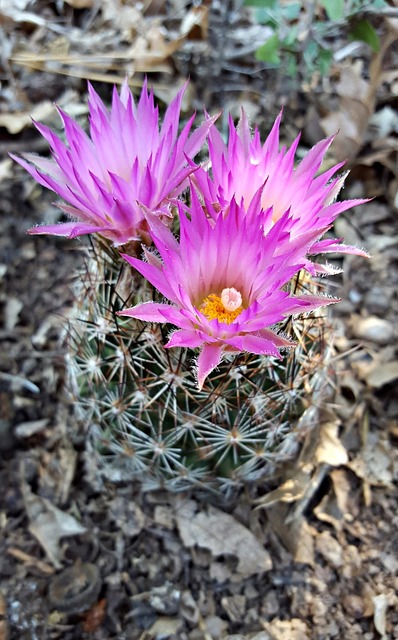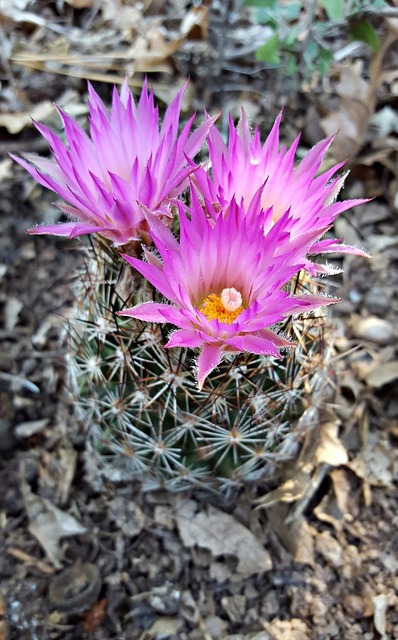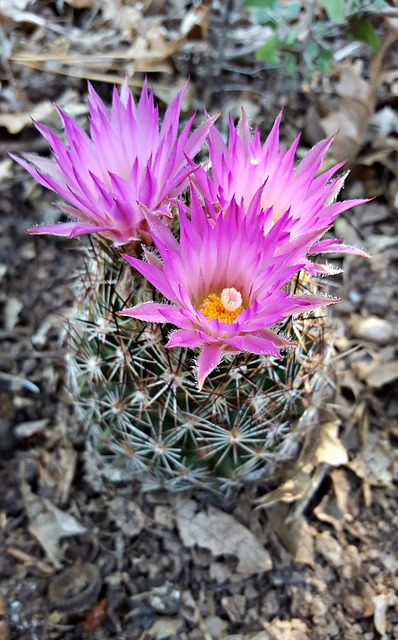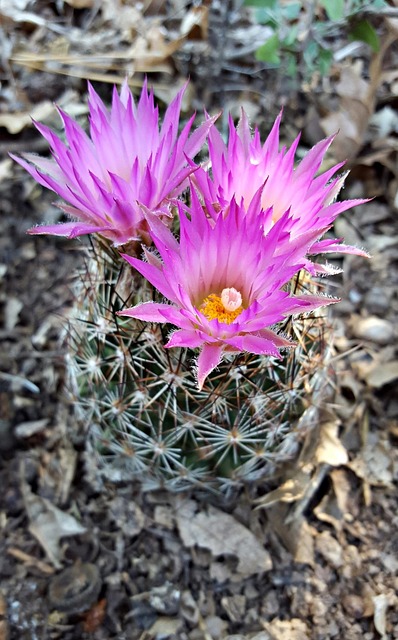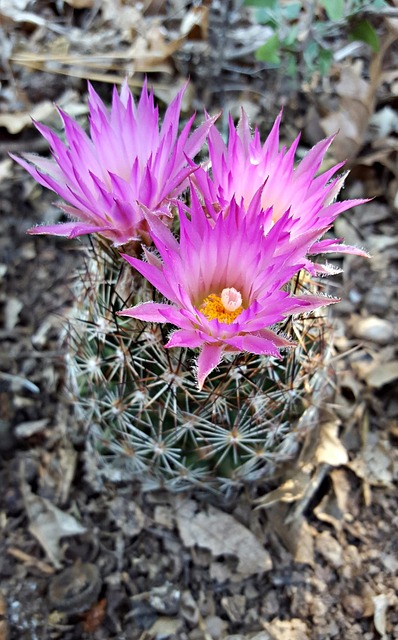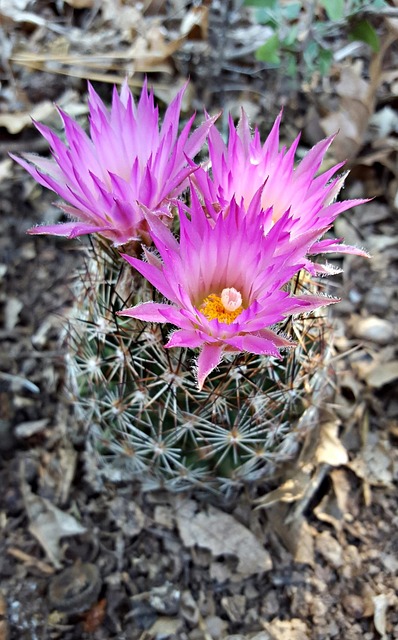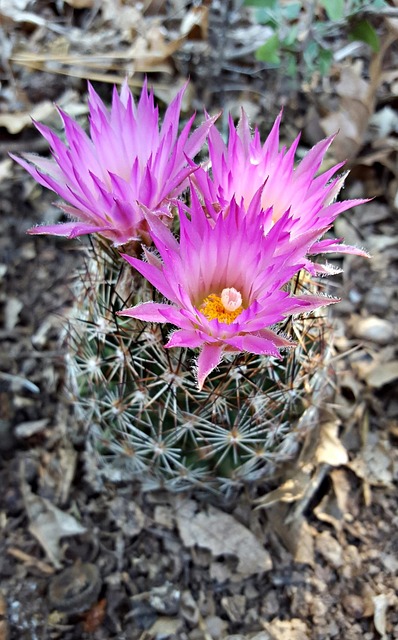Real estate trends increasingly favor culturally diverse neighborhoods as buyers and renters seek vibrant, multicultural environments. This shifts focus from location and price to cultural offerings, driving property values and community development. Agents guide clients to these areas, promoting personal growth and inclusive spaces. Highlighting cultural amenities alongside traditional ones attracts a wider audience, creating desirable communities that celebrate mutual growth. Investing in real estate within thriving cultural scenes can yield significant returns and contribute to preserving local culture.
Discover how the vibrant, unique cultural scenes in various real estate markets are driving property values and attracting investors. From bustling artistic hubs to historic districts brimming with heritage, these diverse landscapes offer more than just a place to live; they encapsulate a way of life. Unlocking the appeal of cultural diversity in real estate reveals areas where creativity thrives, communities flourish, and investment opportunities shine. Explore strategies for identifying and investing in locales rich in cultural offerings.
Unlocking the Appeal of Cultural Diversity in Real Estate
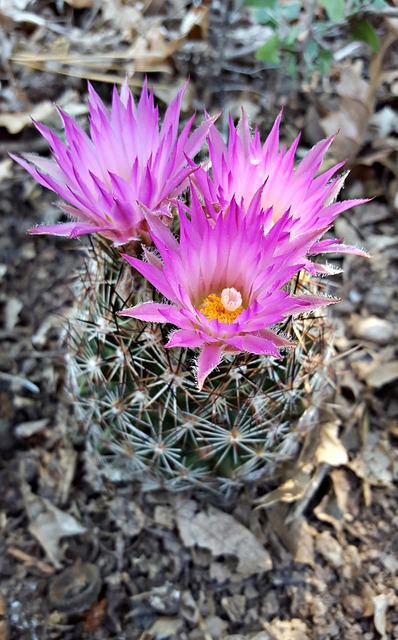
The appeal of real estate isn’t just about location and price; it’s increasingly driven by cultural diversity. In today’s globalized world, buyers and renters are looking for neighborhoods that offer a vibrant mix of cuisines, languages, and traditions. This cultural richness not only adds vibrancy to communities but also enhances property values. Real estate agents play a crucial role in unlocking this appeal, guiding clients towards areas where they can immerse themselves in diverse cultures, fostering connections, and creating meaningful homes.
Diverse communities offer more than just a range of dining options; they provide opportunities for education, cultural events, and an exchange of ideas that contribute to personal growth and community development. When marketing properties, highlighting the cultural scene is as essential as showcasing floor plans and amenities. By embracing and promoting this diversity, real estate professionals can attract a broader clientele, create thriving neighborhoods, and ultimately, build more inclusive and desirable spaces where folks want to live, work, and play.
How Unique Scenes Drive Property Value
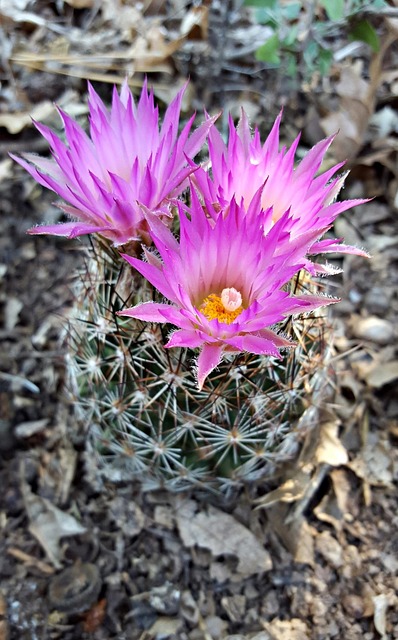
The unique cultural scene in a city is a driving force behind its real estate market, as it attracts a diverse range of buyers and renters who seek to immerse themselves in this vibrant environment. This cultural vibrancy adds immense value to properties located in areas known for their distinct artistic and culinary offerings, innovative start-up scenes, or historic architectural gems.
When a city boasts a thriving arts district with galleries, theaters, and music venues, or a bustling food scene with diverse cuisines, it becomes a desirable destination for individuals who prioritize an enriching lifestyle. As a result, property values in these areas tend to be higher due to the increased demand. Real estate investors often recognize this trend, understanding that investing in properties within these cultural hotspots can lead to significant returns and long-term stability.
Investing in Areas with Rich Cultural Offerings
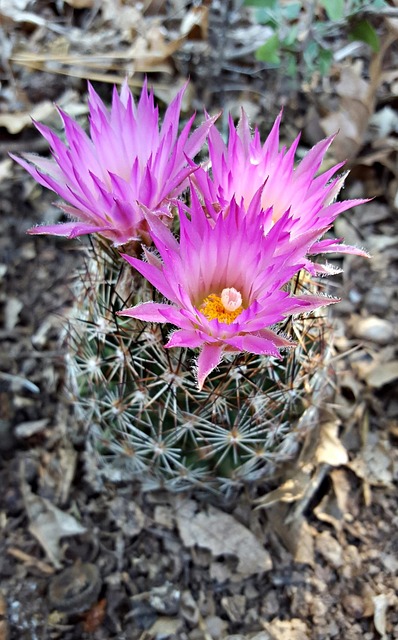
Investing in real estate in areas renowned for their unique cultural scenes can be a lucrative strategy for property investors. These locations, often referred to as cultural hubs, attract residents and visitors alike due to their vibrant tapestry of arts, music, cuisine, and history. By purchasing properties in such areas, investors not only stand to gain financially from the growing demand but also contribute to fostering and preserving these rich cultural offerings.
Cultural scenes are often indicators of a thriving community, dynamic economy, and high quality of life. Cities with diverse and unique cultural landscapes can draw in talent, creativity, and tourism, creating a positive feedback loop that enhances property values and desirability. Real estate developers and investors who recognize this potential can play a pivotal role in shaping urban landscapes by supporting the preservation and expansion of these cultural areas, ultimately enriching the lives of residents and visitors for generations to come.
